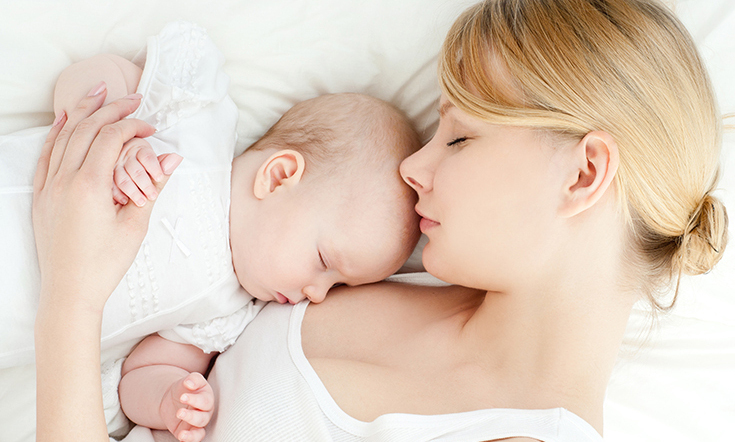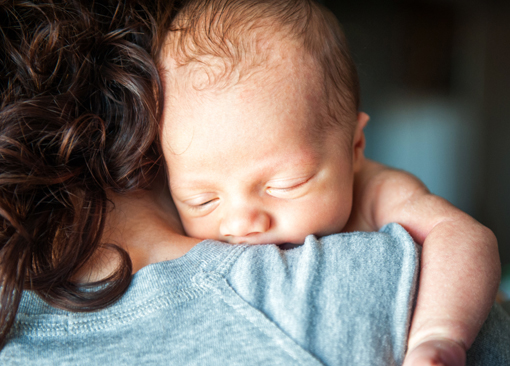

These days, everything has a label – and parenting choices are no exception.
Attachment parenting is one such label that’s experienced a revival in recent times, despite the concept being first coined in the 1960s.
According to Dr Howard Chilton, author of Your Cherished Baby, that’s because scientists now have a better understanding of how different parenting behaviours impact children’s developing brains, and parents – more than ever before – are making conscious decisions about how to care for their babies.
But while this style of parenting has grown in popularity, it also has its detractors – often due to misconceptions, outspoken celebrities and over-the-top stereotypes.
Attachment parenting is frequently associated with extreme choices, and an assumed checklist of behaviours which must be adhered to.
In reality though, Dr Chilton says attachment parenting is simply responsive parenting.
“It is not a set of rules, it is a mind-set,” says Dr Chilton.
“It implies that a parent observes the individual baby and meets that baby’s particular needs sensitively and appropriately, recognising that expectations should be appropriate for the baby’s age.
“All babies need close physical contact, cuddling and carrying, demand feeding, and the sensitive responses from a familiar person to physical and psychological needs.”

Mum of one Natalie Hudson says while she does practice attachment parenting, she’s uncomfortable with the label, and the connotations and misconceptions that go along with it.
“Often you see ‘checklists’ for attachment parenting which I think alienates people’s understanding of what it is about, for example you can still formula feed a baby and follow attachment parenting,” says Natalie.
According to Natalie, attachment parenting is simply respecting the development of your baby or toddler at their own pace.
“Attachment is integral to the outcome of an adult, most of our society still doesn’t really understand attachment or is afraid of it,” says Natalie.
“We still hold the old fashioned values of ‘keep baby at a distance, if it gets too attached it will become spoilt or it will create more work for me’.”
While Natalie bed-shares with her bub, this term is often confused with co-sleeping – considered a key component of attachment parenting – which actually refers to sharing a room with your baby, keeping him at close proximity.
“The basic concept of co-sleeping is that one is close enough to the baby to appreciate and meet his or her needs,” says Dr Chilton.
Parents are recommended to sleep close to their baby for at least the first year. The safest arrangement is for the baby to be in a cot next to your bed.
“Babies and young children may find isolation at night-time harrowing, even threatening,” says Dr Chilton.
“Mothers have a sensitivity to their baby’s needs especially when sleeping close by – such closeness reduces the incidence of SUDI/SIDS.”
Although rewarding, attachment parenting can be more work, with Natalie conceding it’s been difficult to find time for herself.
“But the way I see it is they are little for such a short time these things will return back into our lives when ready.”
According to Dr Chilton, it also requires a level of innate confidence to trust your instincts when it comes to your baby’s needs.
“It requires dedication, resilience and adaptability to answer the relentless needs of a baby.
“In comparison to ‘control’ parenting, there may be more fatigue as babies needs do not cease at sundown, and babies do not have adult sleep patterns.”
In essence, attachment parenting is simply following your instincts, rather than adhering to a pre-determined set of rules.
And Dr Chilton stresses that, despite common stereotypes, not all attachment parents parent in the same way.
“There is no set right way to parenting. The essence of attachment parenting is the underlying concept of attuning to one’s baby to meet his or her physical and psychological needs.”






















